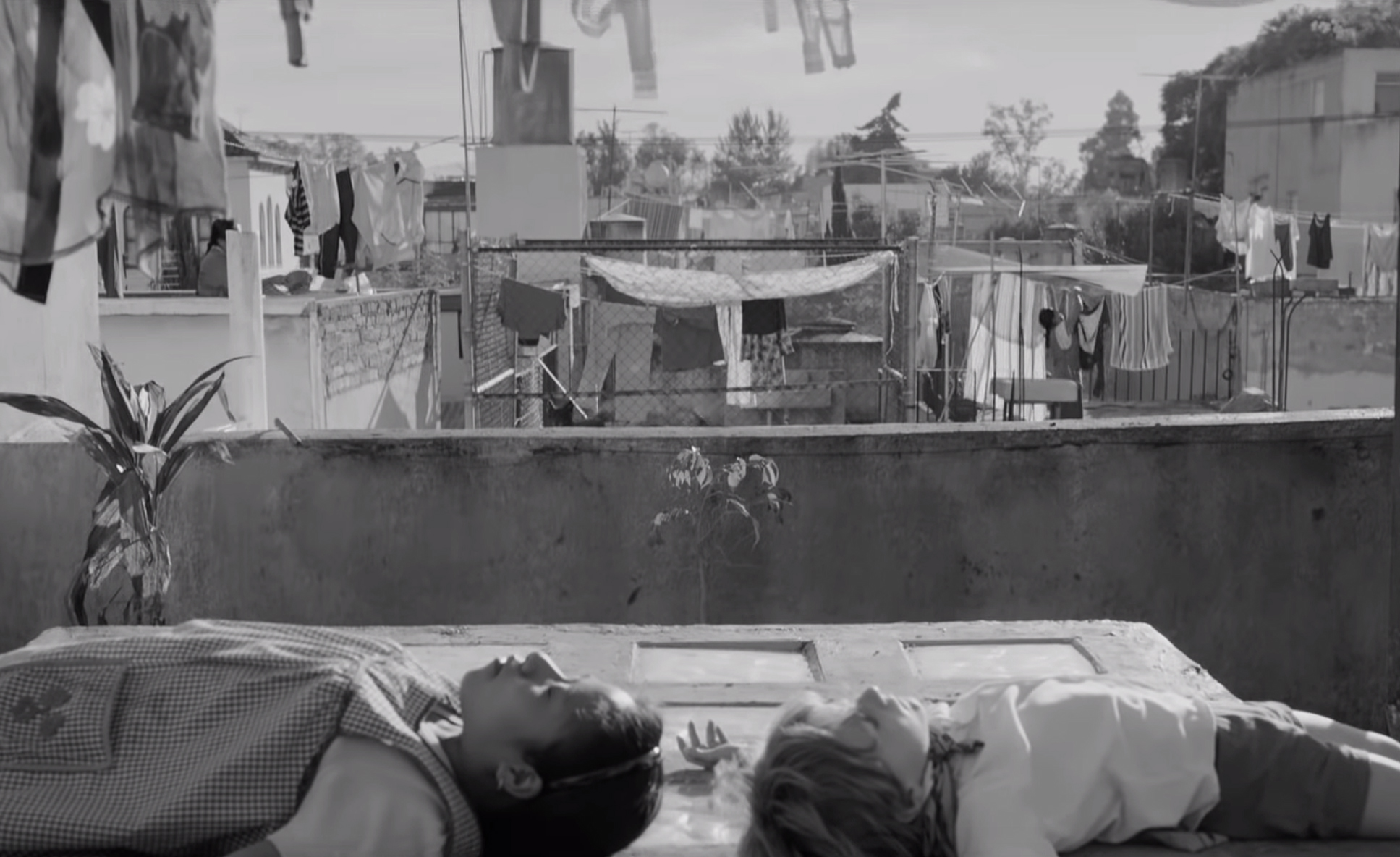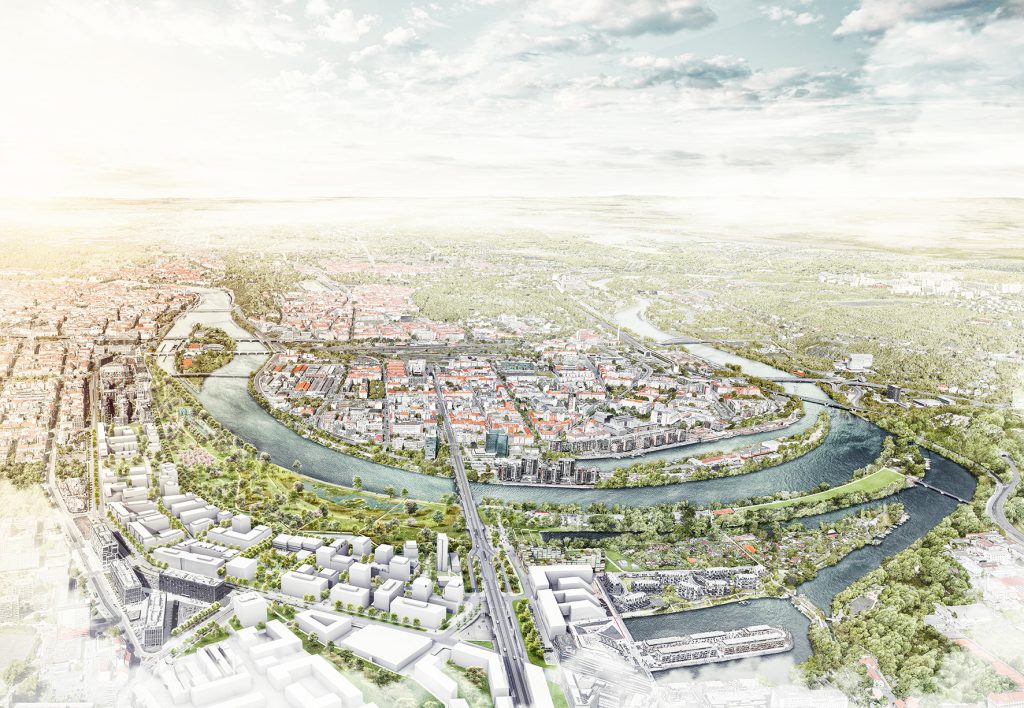
Alfonso Cuaron’s Oscar-winning film Roma offers an example of the director’s use of environmental storytelling to bring his cinematic world to life.
Billboard
Skyscrapper
Halfpage
Alfonso Cuaron’s Oscar-winning film Roma offers a brilliant example of the director’s use of environmental storytelling, an approach which can also be found in his 2006 film Children of Men.
Alfonso Cuaron’s Roma was surely one of this year’s standout films. Available on the Netflix streaming platform and on limited release in cinemas, the film follows Cleo (played by the newcomer Yalitza Aparicio), a domestic servant of Mixteco Mesoamerican heritage working for an upper-middle-class Mexican family.
Unusual for a foreign language film, it was a serious contender for Academy Award for Best Picture, eventually missing out to the relatively forgettable Green Book, while still winning Cuaron awards for Best Director and Best Cinematographer.
The environment plays a vital role in the storyline
As this last point suggests, one of the most remarkable things about the film is its cinematography, and particularly its environmental storytelling, an approach to exposition for which Cuaron has become famous. For much of the film, the environment in which it is set, early 1970s Mexico, plays a vital role in the storyline. Indeed, while a good portion of the film takes place indoors in the family home, we are treated to several important scenes in which the world outside shapes events in the domestic sphere.
The most memorable of these occurs towards the end of the film, (for the record, the following does not represent a spoiler), when the protagonists are caught up in the infamous Corpus Christi Massacre of June 10, 1971. Taking place in the heart of the city, the massacre occurred when a government-trained paramilitary group attacked a crowd of students protesting the widespread campaign of repression carried out by the Institutional Revolutionary Party (PRI) government at the time.
The chaotic scenes give the audience a short, sharp snapshot of the complex political situation prevailing in Mexico. We are made aware of a complex world beyond the confines of the family drama, which is quietly framing the dynamics within the home, even if it does not always directly impact on the plot.
Medium Rectangle
Halfpage
Wide shots, deep focus and closeup
Throughout the film, Cuaron makes constant use of wide shots, deep focus and closeup to encourage us to observe the world Cleo is interacting with. The camera is also frequently distracted by what’s going on in the background, whether it be the busy inner city, the idyllic Mexican countryside, or the view of other maids working on the rooftops in the rest of the houses in the neighbourhood.
As mentioned above, this is not the first film in which Cuaron has used environmental storytelling to advance and enrich a plot. In his 2006 film Children of Men, the environment again plays an important role in the plot.
The environment is telling us that something’s not right
In this film, we are exposed to a world in which humanity is dying because women are no longer able to have children. Unlike most dystopian films, however, Cuaron dispenses with the need for a lengthy written prologue bringing the audience up to speed. Instead, the world is revealed to us in countless background visuals: the news reporting the death of the youngest person in the world, a newspaper papered to the inside of a van reporting a nuclear bomb in Kazakhstan, scenes of immigrants locked-up in cages and the bizarre hording of various priceless artworks inside the Battersea Power Station. We might have to watch twice or three times to get it all, but from the very beginning of the film the environment is there telling us that something’s not right.
To get an idea of the depth Cuaron goes to in bringing this dystopian world to life, be sure to check out The Nerdwriter’s brilliant video essay on the subject, and then maybe take a good look at all the ways Cuaron uses the camera before watching (or re-watching) Roma. You won’t be disappointed.












